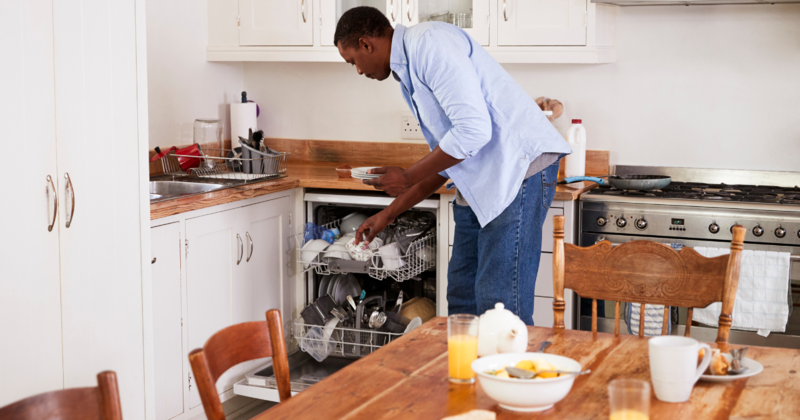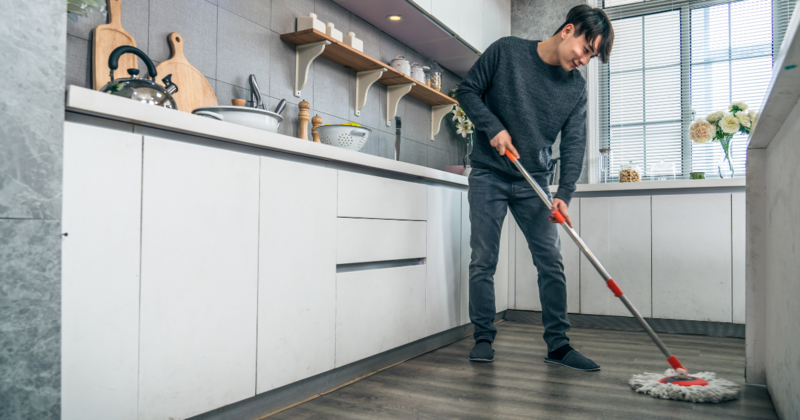Were you part of the decluttering craze ushered in by Marie Kondo in the 2010s? You might remember people trying to decide what sparked joy and getting rid of everything else.
Minimalism may be losing steam, but it’s still good to reduce clutter. Messes can be stressful and distracting to look at, but they can also be dangerous. Overstuffed shelves can tip over or items can fall off and hit someone, while floor clutter can be a tripping hazard.
The following steps can help you find a decluttering routine that works for you.
- Start small. Clutter can feel overwhelming. Consider starting with just a single shelf or drawer. You can also start small by setting a timer for 15 to 20 minutes and working until that time is up.
- Set achievable goals. Let’s face it; you’re not going to declutter your entire house on one Sunday afternoon. Set a realistic goal, such as making it through one room a week, so you will feel motivated by the win and keep going.
- Use the "four-box method." Making decisions about what to get rid of can be the hardest part of decluttering. Try to go with your gut, placing items in boxes labeled "keep," "donate" "sell," and "trash" to make it easier to get everything to its destination.
- Follow the “one-in, one-out” rule. Buying something and bringing it home is easier than sorting through your stuff later. Give your household a rule: If they want to bring something new home, they have to give away a similar item.
- Find storage solutions. Once you’ve decluttered a room, make it easier to find and put away the things you’re keeping. Shelves, bins, baskets and other organizing tools can help you store your belongings in an attractive and functional manner.
- Set a schedule. Make decluttering a regular habit and get your whole household involved. Figure out where you tend to gather clutter and pick a time each week to deal with these areas.
- Tackle digital clutter. Photos, videos and other files may not be a tripping hazard, but they can clutter up your devices, making it harder to find the things you want to keep. And if you’re paying for cloud storage, you could save money by getting rid of things you don’t want or need.
Do you have questions about keeping your property safe with homeowners insurance? Please
reach out so we can talk about your policy.










